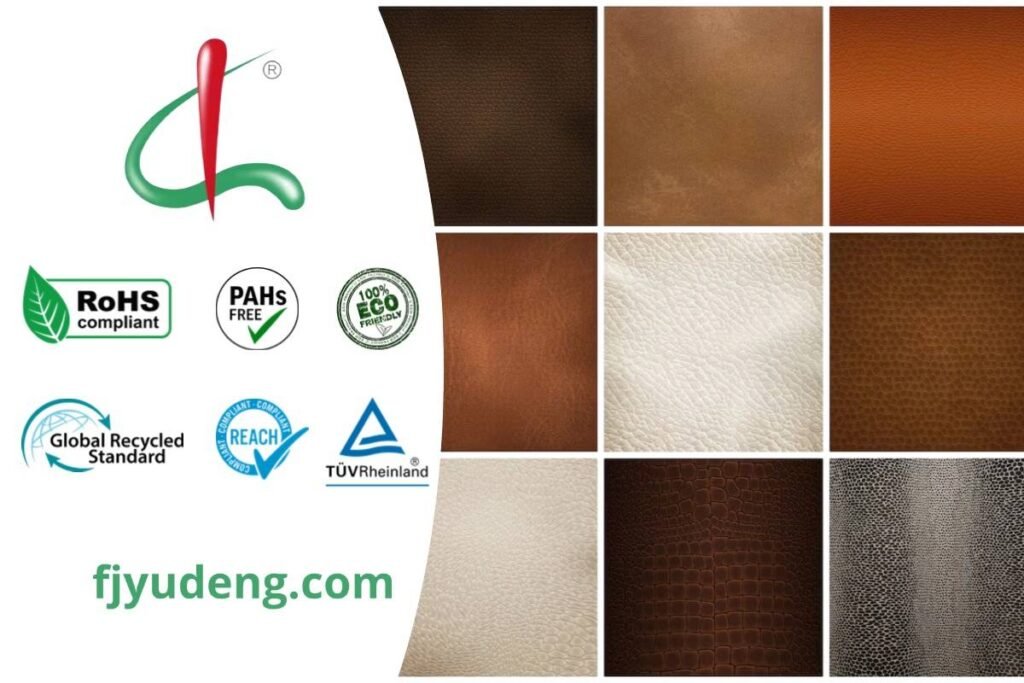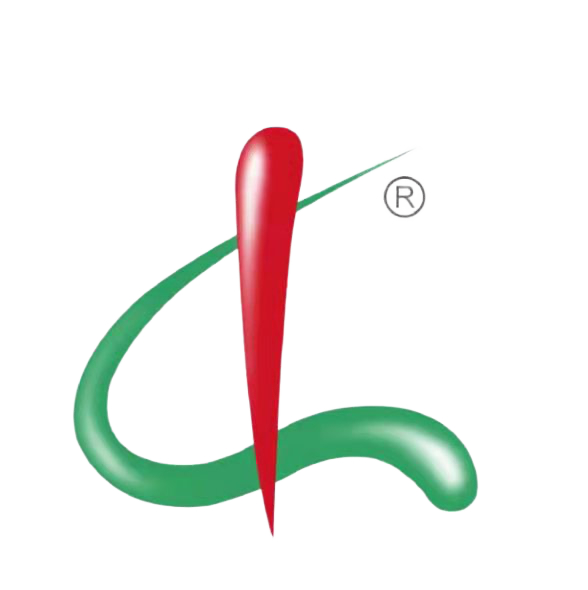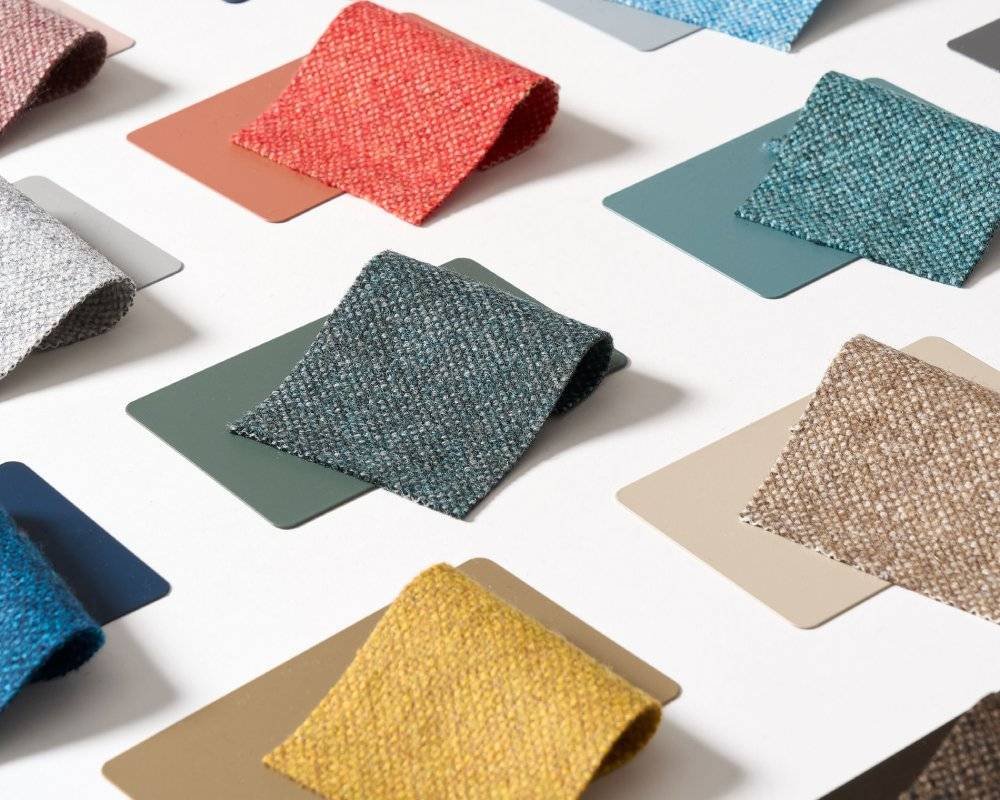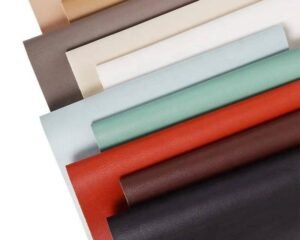As a widely used material in modern industry, PU synthetic leather (polyurethane synthetic leather) has played a key role in the fields of shoes, furniture, luggage, automotive interiors, clothing, etc. With the increasing requirements of global brands for product consistency and sustainable performance, the quality of PU synthetic leather is not only reflected in appearance and touch, but more importantly, whether it can maintain stable physical properties, environmental performance and process controllability during mass production.
For manufacturers, if a batch of products does not meet the performance or environmental indicators, it will not only lead to customer returns and damage to brand reputation, but may even face legal risks. Therefore, how to achieve highly consistent PU synthetic leather quality in each batch has become a topic of great concern to factories and brand owners. As a professional PU leather manufacturer, Yudeng has experience in batch quality control, from raw materials, production processes, testing systems to packaging and shipment control, and deeply analyzes how to establish an efficient, controllable and reliable quality assurance mechanism.
Table of Contents
Understand the basic composition of PU synthetic leather and the core factors affecting quality
PU synthetic leather usually consists of a three-layer structure: surface PU coating, middle foaming layer and bottom textile base fabric. The performance stability and coordination of these three parts directly determine the touch, appearance, strength and life of the finished product.
The surface PU layer is the key area that determines the gloss, color and wear resistance of the finished product. Different types of polyurethane resins have different elasticity, hydrolysis resistance and weather resistance.
The middle foaming layer is formed by chemical foaming or physical foaming, and its density and foaming ratio directly affect the softness and thickness of the PU leather.
The bottom base fabric layer is commonly knitted fabric, woven fabric, non-woven fabric and other types. Its tensile strength and density play a vital role in the dimensional stability of the overall finished product.
In addition, attention should be paid to the residual control of organic solvents such as DMF (dimethylformamide), the ratio of auxiliary agents used, and the weather resistance of color paste. Once these factors deviate too much in the formula control, they may lead to batch quality problems such as color difference, uneven foaming, aging and cracking of the finished product.

Five key links to ensure mass production quality
The importance of raw material selection
High-quality PU synthetic leather starts from the source. Yudeng adopts a strict IQC (incoming quality control) mechanism in the raw material procurement stage to ensure that each batch of resin, base fabric and additives meet the standards.
Polyurethane resin: Yudeng uses environmentally friendly resins that have passed ROHS and REACH certification, with good hydrolysis resistance and anti-yellowing properties.
Base fabric: Use high-density, low-shrinkage knitted or woven fabrics, and test them for tension and shrinkage to ensure that they fit tightly with the PU layer.
Additives and color paste: Strictly control the pH value and solid content of the color paste to prevent color difference or coating shedding problems in the later stage.
In addition, all raw materials must have COA (product qualification certificate) and third-party test reports provided by the supplier, and batch sample testing must be done before storage.
Precise control of coating and foaming process parameters
In batch production, Yudeng uses advanced dry and wet coating lines, and controls key parameters such as coating speed, thickness, temperature and humidity through the PLC system to achieve highly consistent process output.
Coating thickness control: Use infrared automatic thickness gauge for online detection, and control the error within the range of ±0.01mm to ensure that the feel and thickness of different batches of products are consistent.
Foaming ratio stability: Adjust the foaming ratio (between 1.2 and 1.6 times) according to different uses, and use the foaming monitoring sensor to provide real-time feedback on the uniformity of the foam cells to improve stability.
Temperature and humidity environment: The entire coating workshop is kept at a constant temperature of 2226℃ and the humidity is maintained at 5565% to avoid process fluctuations.
These automated and standardized processes enable Yudeng to maintain a stable production rhythm and consistent quality when facing large-volume orders.
Coordination of online and offline detection technologies
In terms of quality inspection, Yudeng adheres to the principle of “full process monitoring + sampling verification”, and covers the entire manufacturing cycle of PU leather by combining online and offline means.
Online inspection: Real-time colorimeter is equipped to monitor color consistency, laser thickness meter to detect coating uniformity, and visual system to identify surface defects such as bubbles and scratches.
Laboratory testing: Each batch of samples will enter the physical laboratory for peel strength (≥2.5N/CM), folding performance (>100,000 times without cracks), wear resistance (>5000 turns without bottom exposure), yellowing resistance index, VOC detection and other projects.
Yudeng will also track and analyze abnormal data, and upload it to the quality department in real time through the MES system to achieve closed-loop management.

Reasonable aging and peel strength test process
Although PU synthetic leather has excellent mechanical properties, it is very easy to show performance degradation if it is not properly post-processed and stored. Yudeng uses the following testing process to ensure the durability of materials:
Heat aging test: Place in a constant temperature box at 80℃ for 72 hours to simulate the transportation and terminal use environment.
Ultraviolet aging test: Continuously irradiate with UV light for 72 hours to ensure that PU leather is not easy to fade or powder under sunlight.
Peel strength: Use a professional tensile testing machine to perform a standard 180° peel test, and the archived data of each batch can be traced.
Through these tests, Yudeng ensures that PU synthetic leather products still have excellent adhesion and physical properties even in extreme climates.
Quality assurance in packaging and storage
Many PU leather problems do not originate from the manufacturing stage, but appear in the packaging and transportation stages. Yudeng takes the following safeguards in the shipment stage:
Packaging: All PU leather rolls are wrapped with moisture-proof film + kraft paper, and are marked with anti-pressure pads and direction marks.
Label management: Each roll is marked with batch number, production date, quality inspection personnel, and order number to achieve complete traceability.
Warehousing: The finished product warehouse is kept at a constant temperature and humidity, with the temperature controlled at 20~25℃ and the humidity controlled at 50%~60% to prevent the leather surface from getting damp or sticky.
In addition, Yudeng randomly selects 5% of the proportion for re-testing before each batch of orders is shipped to prevent mixing or batch differences.
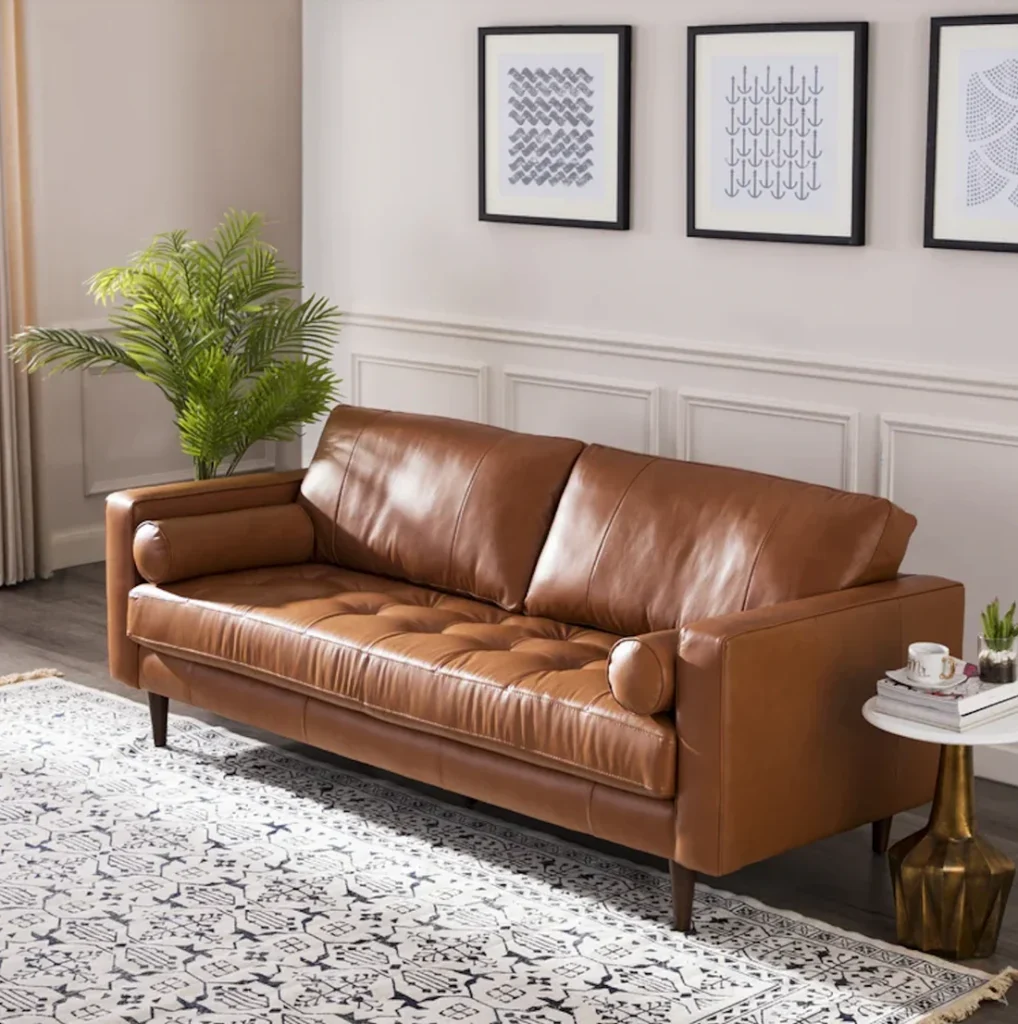
Practical application of quality management system in PU leather production
The entire Yudeng factory strictly implements the ISO 9001 quality management system, and ensures the standardization and consistency of each link through comprehensive process control:
IQC (incoming material inspection): All raw materials must pass the inspection standard table and inspection data, and can only be put into production after passing the inspection.
IPQC (process inspection): A process sampling inspection is carried out every 2 hours, and the parameters and results are recorded to form SPC chart monitoring.
OQC (shipping inspection): The thickness, color, feel and packaging are inspected again before the final shipment, and a shipping report is issued.
Documented traceability system: All inspection records are archived for more than 5 years and can be reviewed by customers or third parties.
Personnel training system: All quality control, production, and warehousing employees receive monthly quality and safety operation training.
These measures have enabled Yudeng to not only establish a good reputation in China, but also successfully export PU leather to Southeast Asia, South America, and Europe.
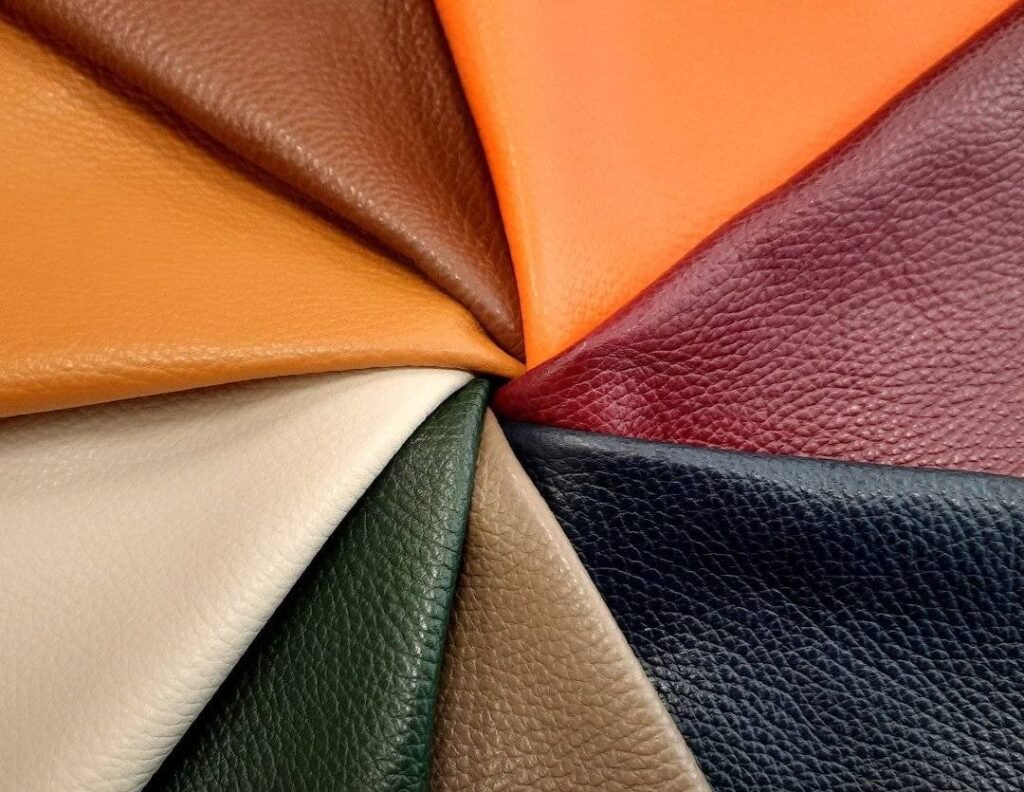
How to choose a reliable PU synthetic leather manufacturer
For brands and buyers, choosing a PU leather manufacturer with quality assurance capabilities is the core of ensuring the stability of the supply chain. It is recommended to conduct a comprehensive evaluation from the following aspects:
Equipment and process capabilities: Does it have dry, wet, transfer printing, embossing and other processes? Is an automated control system used?
Sample consistency: Can it be guaranteed that there is no obvious difference in feel, color, and thickness between the sample and the bulk?
Testing capabilities: Is there an independent laboratory? Does it provide a third-party test report?
Customizable services: Can it provide small batch samples, rapid color matching, functional modification (flame retardant, antibacterial, breathable, etc.) according to customer needs?
Customer service mechanism: Is there a fast-response after-sales team? Can it help customers solve terminal processing problems?
As a brand factory with 20 years of experience in PU leather manufacturing, Yudeng has long provided stable and high-quality batch PU synthetic leather for many international brands. It has a quality assurance system for the entire process from R&D, proofing, trial production, batch, inspection, packaging to shipment, and is a reliable partner for purchasing high-quality PU leather.
| Start Your Order | Email: hello@fjyudeng.com | Number: +86 17746077007 |
Under the current trend of high-end products and market transparency, PU synthetic leather manufacturers must internalize quality control as the core of corporate operations if they want to gain a foothold in the fierce competition.
- Pay attention to raw material screening and input control to eliminate source fluctuations.
- Invest in automated testing and process control systems to improve consistency and efficiency.
- Establish a factory internal + third-party collaborative testing mechanism to ensure data verifiability.
- Optimize packaging and warehousing details to eliminate quality losses in the later stage.
- Cultivate quality culture and team awareness, and let every employee become a quality gatekeeper.
As a trustworthy synthetic leather supplier, Yudeng always adheres to the concept of “quality is life”, from raw material control to process management, and then to after-sales service, to comprehensively improve customer satisfaction. If you are looking for a PU leather partner that can provide stable supply in bulk, customized solutions and strict quality control, you may want to learn about Yudeng’s products and services.
